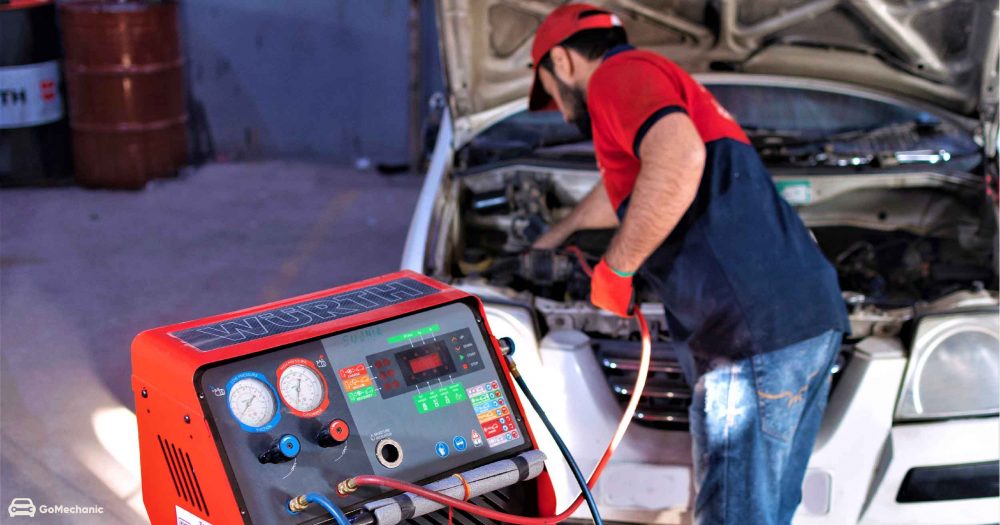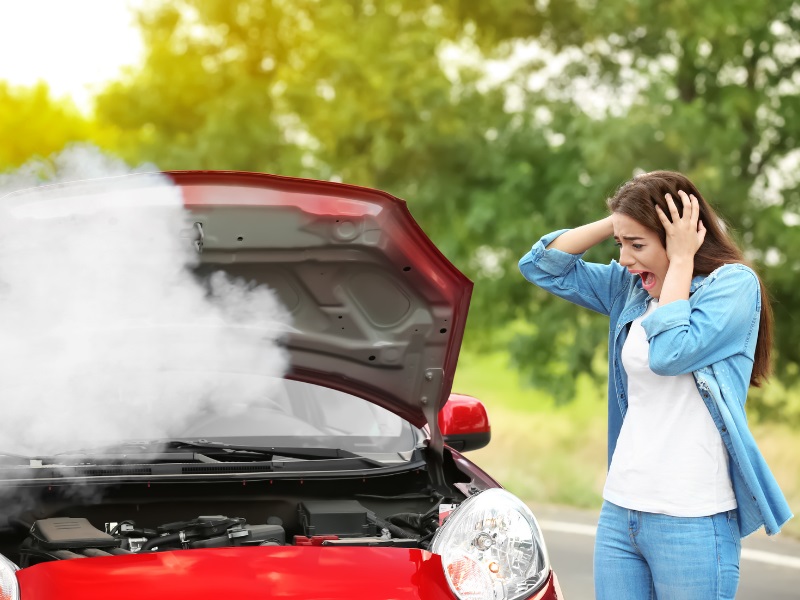Owning a car comes with its set of benefits and conveniences, but it also entails responsibilities, such as regular maintenance and troubleshooting. Although modern cars are designed to be reliable and efficient, they are not immune to common problems that can arise over time. Fortunately, most of these issues are minor and can be resolved with basic troubleshooting and repairs. In this guide, we will discuss some of the most common car problems and how to troubleshoot and fix them.
Dead Battery:
A dead battery is one of the most common car problems, especially in cold weather. A battery can lose its charge due to various reasons, such as leaving the headlights on, a faulty charging system, or an old battery. To troubleshoot this issue, you can try jump-starting the car using another vehicle or a portable jump starter. If the battery is old, it may need to be replaced.
Flat Tire:
A flat tire is another common problem that can happen unexpectedly. To troubleshoot this issue, you should first locate the spare tire and the tools required to change the tire. You should then remove the flat tire and install the spare tire, making sure to tighten the lug nuts properly. It is also essential to get the flat tire repaired or replaced as soon as possible.
Overheating:

Overheating is a common problem that can occur due to a variety of reasons, such as a faulty cooling system, a leaking radiator, or low coolant levels. To troubleshoot this issue, you should first turn off the engine and allow it to cool down. You should then check the coolant levels and look for any leaks in the radiator or hoses. If the problem persists, you may need to take the car to a mechanic.
Brake Problems:
Brake problems can be a serious safety issue and should be addressed immediately. Some common brake problems include squeaking or grinding sounds, vibrations when braking, or a spongy brake pedal. To troubleshoot this issue, you should first check the brake pads and rotors for wear and tear. If they are worn out, they may need to be replaced. It is also essential to check the brake fluid levels and have them topped up if necessary.
Check Engine Light:
The check engine light can come on due to various reasons, such as a faulty oxygen sensor, a loose gas cap, or a malfunctioning engine component. To troubleshoot this issue, you can use a diagnostic tool to retrieve the error code and identify the problem. It is essential to have the issue resolved as soon as possible to avoid any potential damage to the engine.
Common car problems can be a hassle, but they are not impossible to troubleshoot and fix. By understanding these issues and knowing how to identify and address them, you can save time and money and ensure the longevity and safety of your vehicle. If you are unsure about any problem or are not comfortable with troubleshooting and repairs, it is best to take your car to a trusted mechanic.





